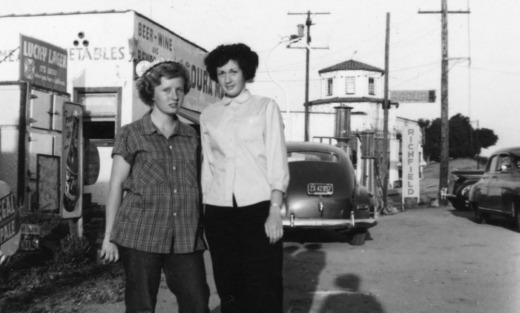Arroyo Conejo Creek is the Longest Creek in the Conejo Valley
/The Arroyo Conejo is the longest creek in the Conejo Valley, covering 57 square miles, including 43 in the Conejo Valley and 14 in the Santa Rosa Valley. It flows through Thousand Oaks and Camarillo, including the communities of Newbury Park, Casa Conejo and the Santa Rosa Valley.
Historically the Arroyo Conejo was a seasonal creek. Today it is a perennial creek fueled by urban runoff. The north folk carved Wildwood Canyon over thousands of years. Paradise Falls in Wildwood Park is a well known feature of the Arroyo Conejo. The south fork originates in the Conejo Hills above Newbury Park.
The south fork of the Arroyo Conejo can be seen from the Arroyo Conejo Trail in the 302 acre Arroyo Conejo Open Space, accessible from the Rancho Conejo Playfield in Newbury Park.
Arroyo Creek seen from the Arroyo Conejo Trail in Thousand Oaks.
The Arroyo Conejo is part of the Ventura County Watershed. Watersheds are defined by the natural boundaries of a surface runoff area. Ventura County has four watershed zones named for the major tributary in each zone - Ventura River (Zone 1), Santa Clara River (Zone 2), Calleguas (Zone 3), and Cuyama River (Zone 4 North) and Malibu Creek (Zone 4 South). The Arroyo Conejo is in the Calleguas Creek Zone.
The Calleguas Creek zone has a watershed area of about 341 square miles. All stream flows in Zone 3 eventually end up in Mugu Lagoon before entering the Pacific Ocean. Major tributaries to Calleguas Creek include Revolon Slough, Conejo Creek, Arroyo Santa Rosa, Arroyo Conejo, Arroyo Las Posas/Arroyo Simi, Happy Camp Canyon, Lang Creek, and Tapo Canyon.
The Calleguas Creek watershed contains the man-made Lake Bard (aka Bard Reservoir – main imported water supply for about 60% of Ventura County population), along with several Ventura County Watershed Protection District constructed debris basins of varying sizes and depths designed to capture runoff sediment before it can cause damage to the Calleguas Creek drainage system. Some of the largest District basins include Sycamore Canyon, Las Llajas, and Runkle Canyon basins.
Bard Reservoir seen from the Sunset Hills Trail in Thousand Oaks.
More on Ventura County Watersheds at www.vcpublicworks.org/wpd/watersheds.

















